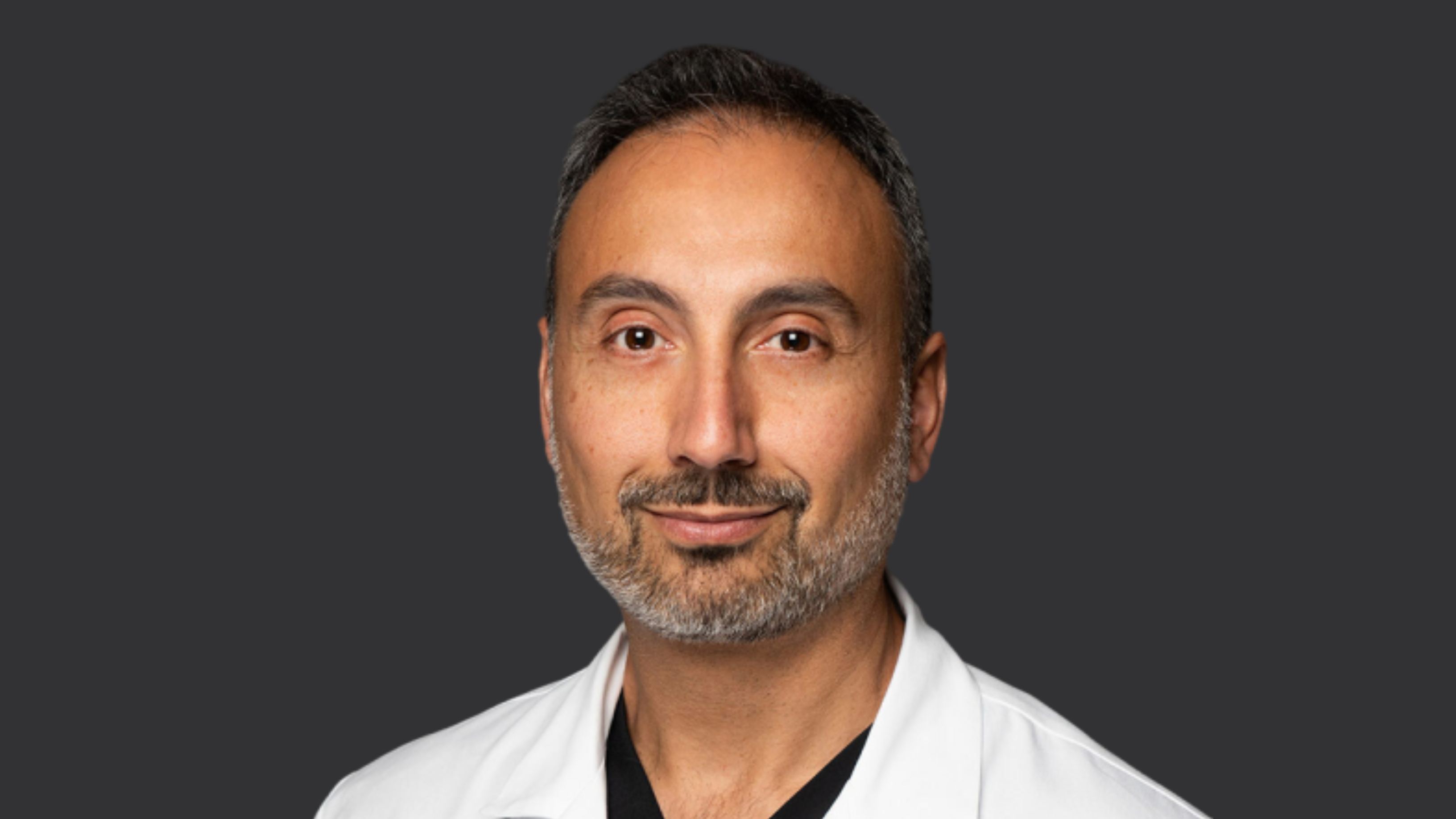Toufic Kachaamy, Chief of Medicine and Director of Gastroenterology at City of Hope, shared a post on LinkedIn:
“With the recent news of President Biden’s prostate cancer diagnosis and the fact that he was not undergoing routine screening I’ve been asked the same questions again and again:
- How are cancer screening guidelines actually determined?
- Do they apply to everyone?
- Why does age matter so much?
- Are the rich, famous, and powerful treated differently?
- What if I want something other than what the guidelines recommend?
- And how up-to-date are these guidelines, really?
These are excellent questions.
I’ll be answering each one in a short series of posts over the next few days.
Let’s start with the first: How are screening guidelines developed?
The process is far more rigorous and thoughtful than most people realize. Reputable expert groups like the U.S. Preventive Services Task Force and the National Comprehensive Cancer Network (NCCN) carefully review the best available science. They evaluate not only the benefits and risks of screening but also the cost-effectiveness, accessibility, and overall value to public health.
In short: guidelines aim to get the most health benefit for the most people with the resources available.
But that doesn’t mean they’re one-size-fits-all. More on that soon.”

Toufic Kachaamy began a LinkedIn series addressing public questions on cancer screening guidelines. In his opening post, he outlined how major medical bodies develop these recommendations based on evidence, public health value, and available resources.
More posts featuring Toufic Kachaamy.
